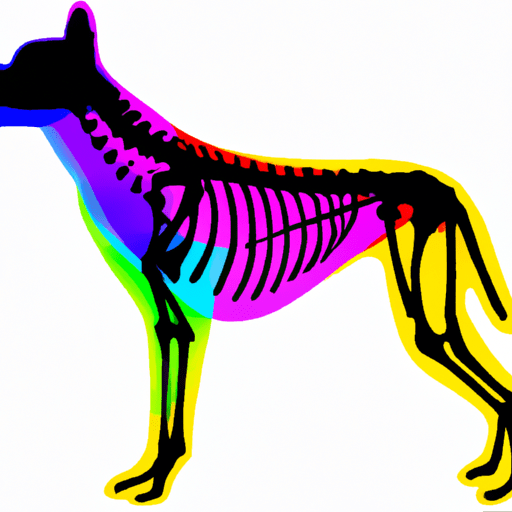“`markdown
Where Are Lymph Nodes on Dogs?
Understanding Your Dog’s Lymphatic System
As a devoted caregiver to your furry friend, understanding their anatomy can help you spot potential health issues early. Your dog’s lymphatic system plays a vital role in their immunity. Think of it as their internal security system, fighting off harmful invaders. Lymph nodes, small bean-shaped glands, are crucial parts of this system. They produce and store cells that help fight infection and disease.
Locating Your Dog’s Lymph Nodes
Your dog has several lymph nodes located throughout their body. The most easily detectable ones for pet owners are:
- Submandibular: These are under the jaw.
- Prescapular: Located in front of the shoulders.
- Axillary: Found in the armpit area.
- Inguinal: Located in the groin area.
- Popliteal: Found behind the knee joints.
When healthy, these lymph nodes are usually small and hard to feel. However, if they become swollen or enlarged, it could be a sign of infection, inflammation, or more serious conditions like lymphoma.
Recognizing Signs of Lymph Node Problems
As a caregiver, your keen observation skills are crucial. Changes in your dog’s behavior or physical condition may indicate a problem with their lymph nodes. Here are some signs to look out for:
- Sudden loss of appetite
- Swelling in the neck, shoulders, armpit, or groin area
- Lethargy or reluctance to play
- Rapid weight loss
If you notice these symptoms, it’s advisable to contact your vet immediately.
How Vets Examine Lymph Nodes
Vets palpate, or feel, the lymph nodes during routine physical examinations. They might perform further tests if they detect any abnormalities. Here’s a typical process:
- Physical examination
- Fine needle aspirate
- Biopsy
- Bloodwork
- Imaging (X-rays, ultrasound)
| Exam | Purpose |
|---|---|
| Physical Examination | Detect abnormal swellings |
| Fine Needle Aspirate | Retrieve cells for analysis |
| Biopsy | Obtain a larger tissue sample |
| Bloodwork | Assess overall health |
| Imaging | Visualize internal structures |
Frequently Asked Questions
Q: Can lymph node swelling be a sign of cancer?
A: Yes, but not always. Other conditions like infections or inflammations can cause lymph node swelling.
Q: How can I prevent lymph node problems?
A: Regular vet check-ups and a healthy lifestyle can help maintain your dog’s lymphatic health.
Q: Should I be worried if I feel a swollen lymph node on my dog?
A: While it may not necessarily indicate a serious condition, it’s always best to consult with your vet.
Q: How are lymph node problems treated?
A: Treatment depends on the underlying cause. Your vet will guide you through the best course of action.
Your dedication to your canine companion’s wellness is commendable. By understanding their anatomy and being alert to changes, you can contribute significantly to their health and well-being.
“`



